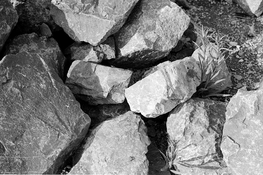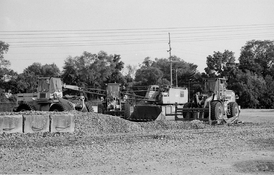chuckroast
Subscriber
(Moving this discussion from here as it is a shift in topic: https://www.photrio.com/forum/threads/d-23-spiked-with-sodium-hydroxide.207894/post-2811988)
Note that the following are negative scans have had their curves and sharpness fiddled digitally (but sparingly). I wanted to do this with 35mm to see how pronounced the grain and overall sharpess looked. At best, this is an approximation of a print, and until I get this into an enlarger will I know what the "real" look is.
My first order look at this suggests that:
Next up will be some MF or LF developed in this stuff but for now ...
.
- Shot and processed some 35mm Fomapan 200 on a Leica M2 with a 50mm f/2 Summicron V3
- Metered at ASA 200 (box speed)
- Processed in Beutler 50:50:400 open tank for 10 min @ nominal 20C with 10 sec/min agitation
Note that the following are negative scans have had their curves and sharpness fiddled digitally (but sparingly). I wanted to do this with 35mm to see how pronounced the grain and overall sharpess looked. At best, this is an approximation of a print, and until I get this into an enlarger will I know what the "real" look is.
My first order look at this suggests that:
- It definitely seems to produce sharp results
- It therefore also emphasizes grain, at least as compared to the same film in Pyrocat-HD
- As suggested in the parent thread that launched this, Buetler feels a lot like D-23 spiked with sodium hydroxide
Next up will be some MF or LF developed in this stuff but for now ...
.
Attachments
Last edited:












 is that it can very quickly build up contrast in not nice ways. You have to fiddle with developer dilution and standing time to get that under control.
is that it can very quickly build up contrast in not nice ways. You have to fiddle with developer dilution and standing time to get that under control.


